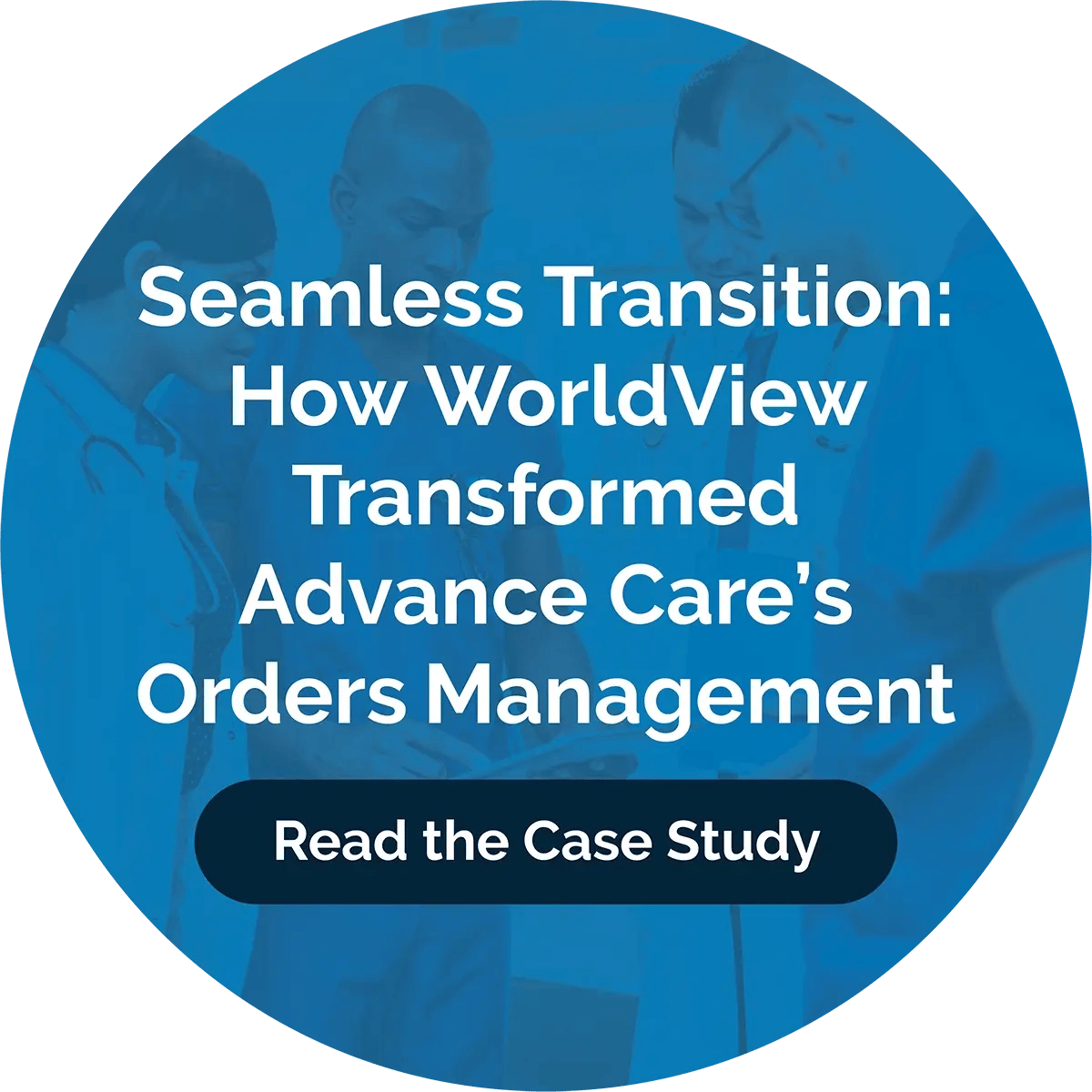3 Reasons to Find a Document Management Solution that Integrates Seamlessly with Your Agency’s EMR

Updated December 16th 2022
Implementing new software is a constant but necessary challenge faced by healthcare professionals. Using document management systems improves a provider’s ability to care for patients by helping streamline processes and reducing laborious ones. When agencies are looking for a document management system, they should consider how seamlessly it integrates with their electronic medical record (EMR). Streamlining operations helps organizations run more efficiently and offers tangible benefits, as discussed in the following sections.
1. Improves Staff Retention
Caregivers likely got into healthcare because they enjoy caring for patients. Patient care becomes more difficult when they’re shifting between software programs, struggling to decipher paper records, or wasting time looking for documents.
When using a document management system that integrates with EMR, an agency can cut down on the time it takes to process patient records and other tedious tasks. Some of the best ways to improve employee retention are focusing less on paperwork and introducing technology to make staff members’ jobs easier.
2. Ensures HIPAA Compliance and Improves Data Accuracy
While electronic medical records, patient forms, and other documents allow for seamless patient care, sharing them has often been cumbersome because the system has to be HIPAA compliant. Integrating the data management system with EMRs can reduce the number of programs in which staff enters data, minimizing mistakes and providing a better experience for patients and caregivers.
Using document management systems can automate processes and classify documents more efficiently, making it easier to stay in compliance. When documents are managed on a platform that easily integrates with EMR, staff can access important policy documents and compliance regulations on-site, letting them properly care for their patients.
Team members will benefit because they can access vital patient documents more quickly. And patients know their information is still secure. Electronic document management also makes it easier to prepare for disaster because data is backed up and accessible even if something happens within the facility.
3. Interoperability and Streamlined Communication
Interoperability improves communication between staff and others involved in patient care. Medical records should be optimized to achieve this so that information can be exchanged easily between programs. When using a system that integrates with EMRs, staff can coordinate care more easily with other providers, which helps ensure a seamless transition for patients.
Interoperability benefits your business in multiple ways. It helps an agency streamline processes and reduce data errors, which can speed up the referral and payment process. It also makes training easier. When staff can manage documents and EMRs in one location, they can learn processes more easily. There is no need to train them on multiple systems.
Improve Your Data Integrity and Patient Care With WorldView
If you’re looking for a new electronic document management system, WorldView offers a solution that easily integrates with your existing EMR platforms. Let us help you put all your important documents and EMRs in one place to help your staff work more effectively and focus on what they do best — caring for patients.
Schedule a demo to learn more.




